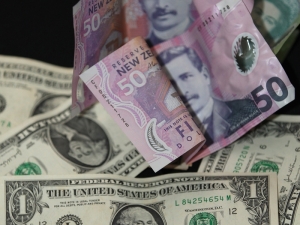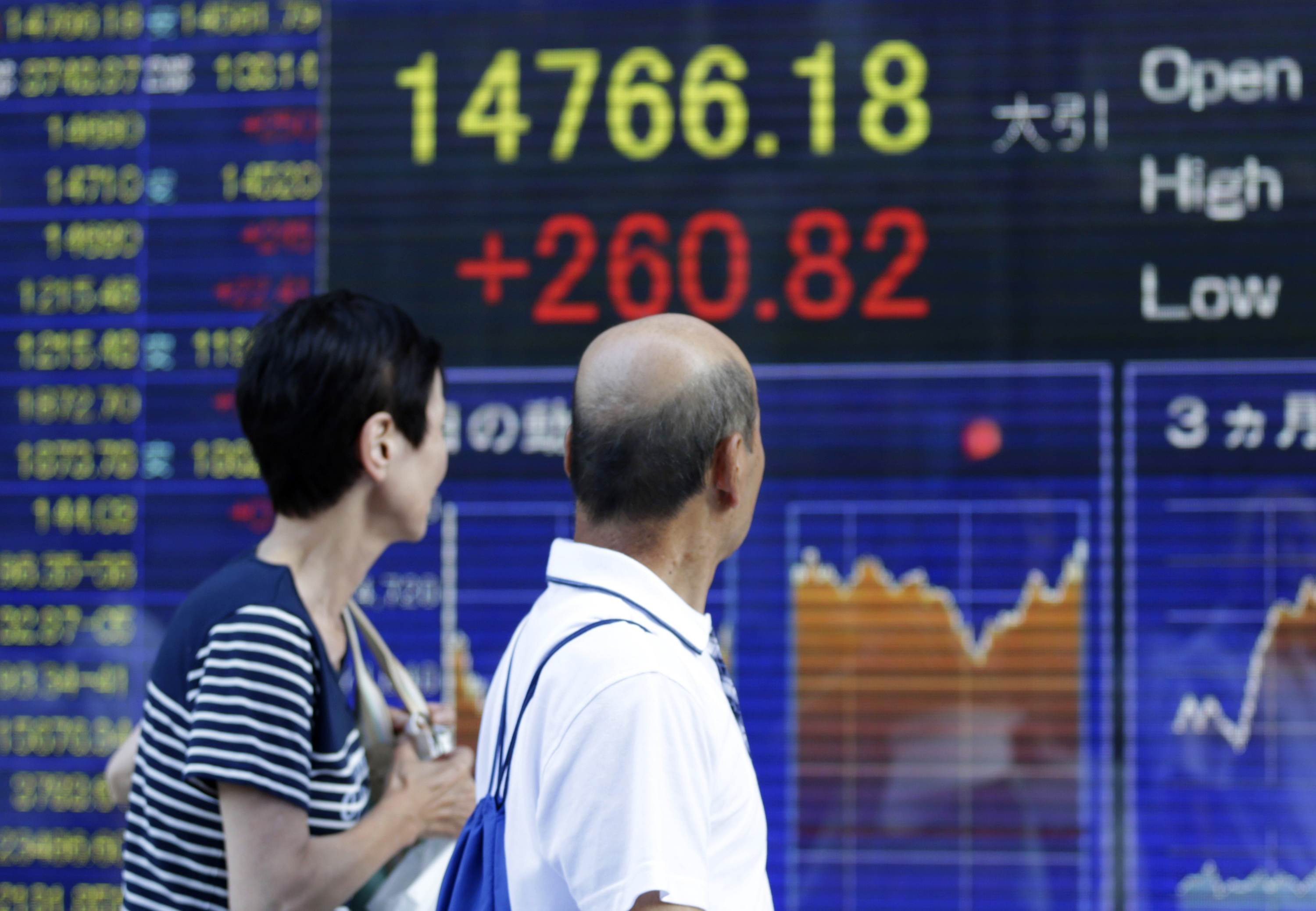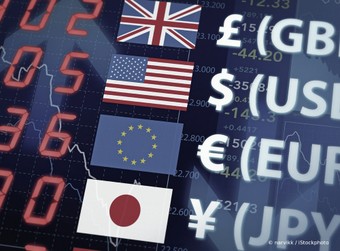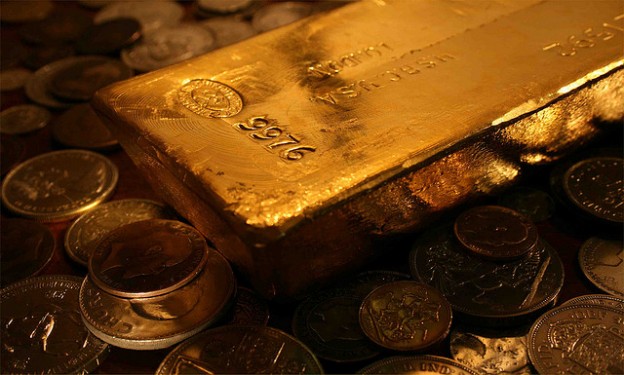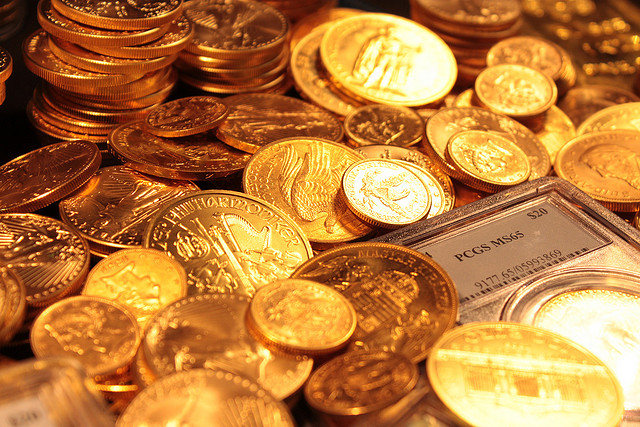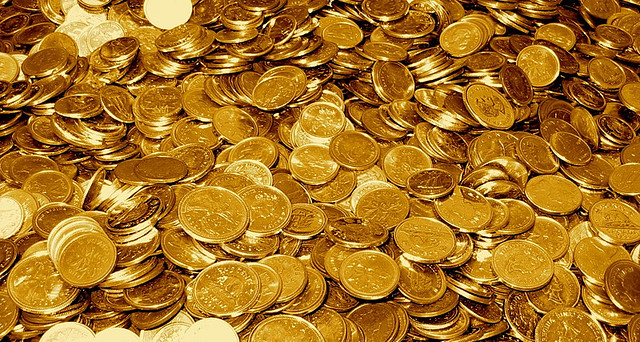Here’s today’s ‘Just A Minute’ bringing you a 60 second summary of what’s happening in the financial markets:
Main Trading Event Of The Day: UK Retail Sales @ 08.30 GMT
WHAT WE’RE WATCHING TODAY
U.S. Dollar Falls After Fed More Dovish Than Expected; NZ Dollar Soars
The U.S. dollar fell to its lowest in nearly two weeks against a basket of major currencies after the Federal Reserve hinted at yesterday’s meetings that U.S. interest rates will stay low for a while. The latest economic projections suggested that the Fed sees rates rising more in 2015 and 2016 than it had previously forecast, but officials lowered their long-term rate target. The Fed also sounded comfortable with the inflation outlook despite recent signs of a pick-up in price pressure. After the meetings, the dollar slipped 0.3 percent on the day to 80.378, and fell as far as 80.353, a level not seen since June 9. Against the yen, the greenback was almost flat on the day at 101.91 JPY, down from a one-week high of 102.38 yen hit on Wednesday before the Fed’s announcement, while the euro was slightly lower at $1.3589 after it touched $1.3600 EUR on Wednesday. The Fed cut its monthly bond buying program by a further $10 billion to $35 billion in a widely expected move and expressed confidence that the economic recovery remained on track.
The New Zealand dollar soared to a record high against a basket of currencies after the Fed’s dovish stance, rallying nearly 1 percent to hover around six-week highs of $0.8736 NZD. The outlook for higher New Zealand interest rates was reinforced by data showing the economy grew a solid 1.0 percent in the first quarter from the previous quarter, a result that cemented New Zealand as one of the fastest-growing developed economies. The Australian dollar was steady on the day at $0.9404 AUD, having gained 0.7 percent on Wednesday.
Eurozone: Is Deflation On The Horizon?
Professional services firm EY has warned that although the euro zone economy is set to grow in 2014, the threat of looming deflation in the region persists. The region will grow 1.1 percent this year, according to EY’s forecasts, followed by expansion of 1.5 percent in 2015. Growth is seen picking up pace between 2016 and 2018. Strengthening exports and a pickup in domestic demand will drive a return to modest investment growth but the recovery is likely to be felt more in some countries than others. The threat of deflation has been a key issue in European policymakers’ minds in recent months. The European Central Bank (ECB) announced measures to tackle the issue at its most recent policy meeting, including imposing a negative interest rates on banks for their deposits. Inflation in the euro zone rose by just 0.5 percent in the year in May, significantly below the ECB’s target of 2 percent. The inflation slowdown has been due to lower energy costs and increasing euro strength and there are now real concerns that inflation could turn to deflation, as firms start to bid down prices and wages in order to compete for orders. Deflationary pressures could have a knock on effect on consumer spending, just as confidence was starting to build. Exporters may also be in for another tough year as the euro remains stubbornly strong. The euro is currently trading around $1.35 against the dollar, down from peaks of $1.39 earlier in the year.
Emerging Markets: The Asset Class Of Choice?
Analysts are predicting that increasing comfort with the outlook for China’s economy will make emerging market equities the best performing asset class in the second half of 2014. Recent Chinese economic data indicates a stabilisation in the world’s second-largest economy, assisted by targeted stimulus measures. This is positive for emerging markets, many of which are dependent on exports to the mainland. May retail sales, for example, rose 12.5 percent on year, above analyst expectations for a 12.1 percent increase. While fixed asset investment rose 17.2 percent on year for the January-to-May period, just above expectations for a 17.1 percent rise. Emerging markets equities are up 3.9 percent year to date, slightly underperforming global stocks which have risen 4.1 percent, according to the MSCI Emerging Markets and MSCI World indices. India and Southeast Asian markets have been the biggest beneficiaries. Markets that were battered into 2013 are seeing a revival because of good policy from the central banks and economic momentum is not as poor as initially thought. Strategists at Coutts Investment Office, agree that emerging markets are the place to be.
That sums up today’s highlights! Remember you can keep in touch with us throughout the day via Facebook, Twitter, Google+ and LinkedIn for all the latest trading news. We hope you have a profitable day on the markets.


